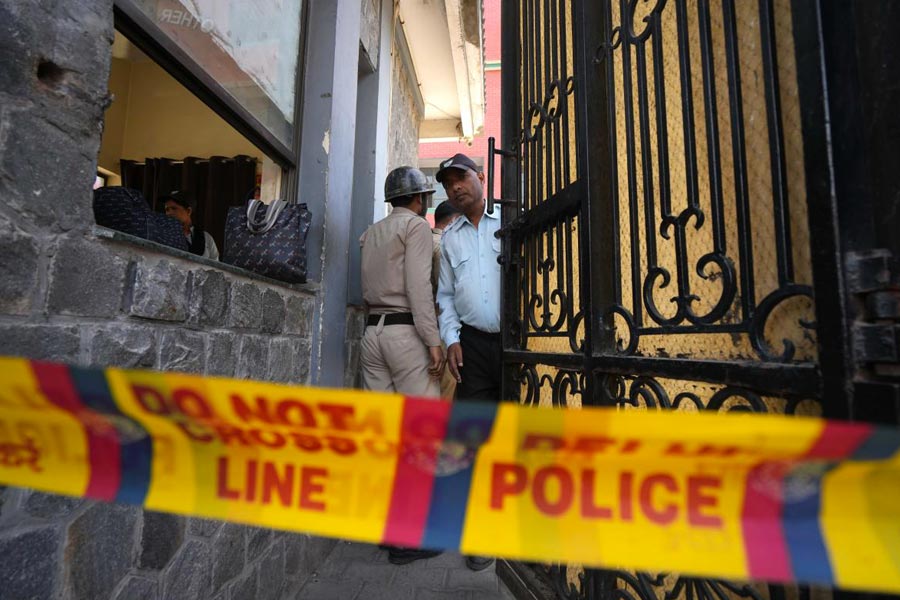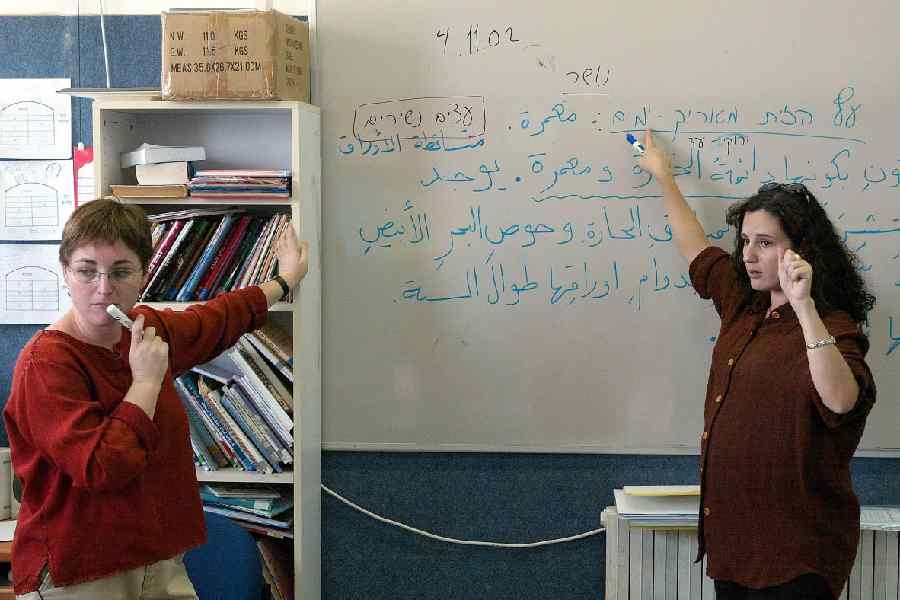Women may change, but that change is never easily visible. The Annual Status of Education Report 2024 has uncovered unexpected data — that more unschooled mothers have attended school over the last eight years. These are mothers of children aged between five and 16. While gathering data regarding the educational achievement levels of children, ASER also enquires into the education of their parents. The percentage of mothers who never went to school has dropped from 46.6% in 2016 to 29.4% in 2024. This is a remarkable achievement, believed to be the result of the Sarva Shiksha Abhiyan, now called Samagra Shiksha, which was introduced in 2001-02 to make elementary education universal. Also, more mothers have studied beyond Class X; from 9.2% of mothers having studied above Class X in 2016, the figure rose to 19.5% in 2024. Kerala, followed by Himachal Pradesh, leads in both schooled mothers and women studying beyond Class X, but Haryana, Uttar Pradesh, Uttarakhand, the southern states, Maharashtra and West Bengal also have more women studying above Class X. This shows a widespread shift in the attitude towards girls’ education, because higher studies would not be possible without the families’ support.
The percentage of fathers who pursued higher education shows less of an increase, which may be an issue worth going into. But there is no doubt that educated mothers are a great advantage for school-going children because they can be helped at home; classes in language and mathematics for mothers have resulted in better mathematics outcomes for the children. It is equally important that mothers can share the experience of school, or that they understand the school-related needs of their children and can guide them in times of difficulty. ASER naturally looks at its positive findings on maternal education from the point of view of children’s welfare, but the findings open up a broader vista as well. They indicate that more women are going to school and even studying beyond Class X. Not all these women are necessarily mothers. That is the most heartening aspect of ASER’s data. Yet the broader vista has had to be approached indirectly, through a report which is primarily about children’s education. In spite of the hullabaloo about the importance of women’s education, its increase has to be inferred from a report that only incidentally records the education of mothers.










